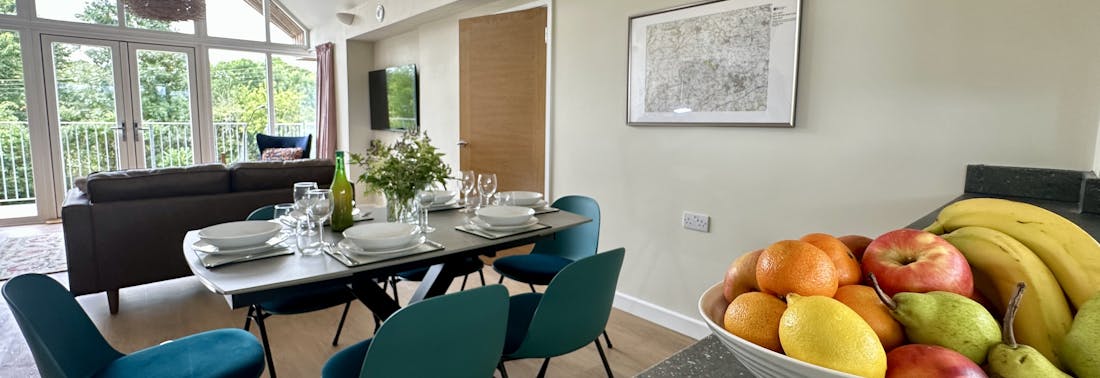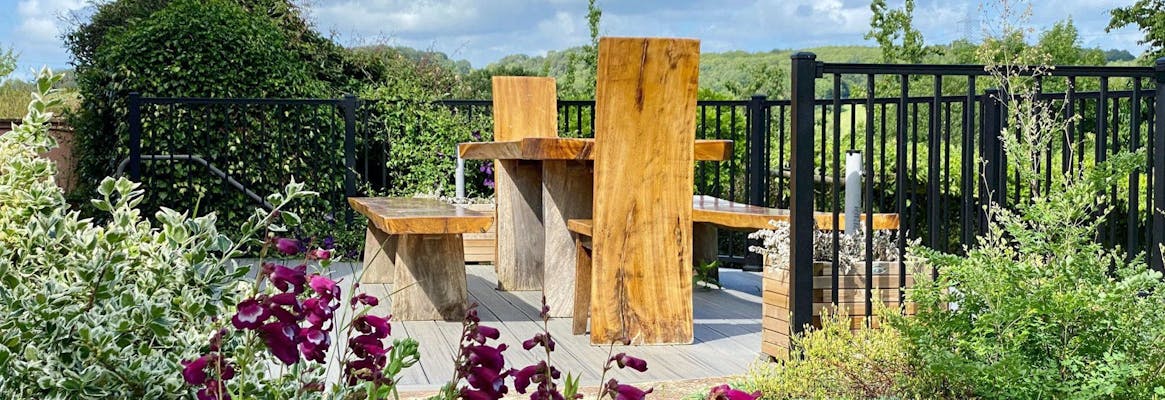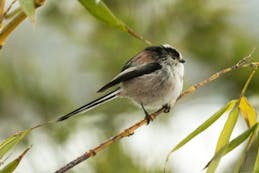
As the summer draws to a close and the temperatures begin to drop, we begin to think about supporting our fantastic populations of garden birds, as their natural food supplies dwindle.
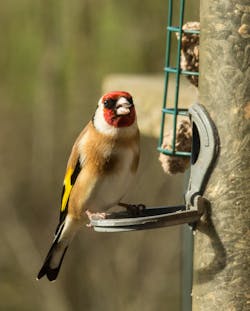 Bird Populations
Bird Populations
Garden bird populations have suffered huge declines over the last 50 years, predominantly due to the changes in land use and the intensification of farming. Here at Kittisford Barton we pride ourselves on the incredible biodiversity and our commitment to Organic Farming and environmental practices which actively support wild bird, animal and insect populations across the farm. We also love to see what species we have around, and so encourage garden birds with a well-stocked bird-table throughout the year.
Bird identification, as with any skill, develops with practice; even if you are a seasoned bird-feeder or watcher there is so much to learn! Bird watching is also an activity which is accessible to almost everyone – you don’t need to have any fancy equipment or travel far afield – however if you do enjoy it then you can equip yourself with snazzy binoculars, a bird watching book or magazine, and head out to a local nature reserve – you’ll be in for a treat!
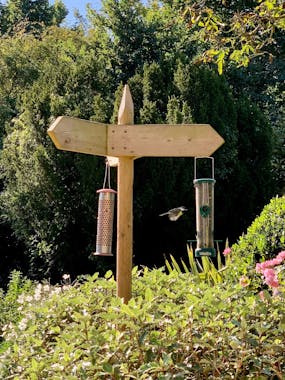 Regular visitors to The Cottage Beyond bird table and garden.
Regular visitors to The Cottage Beyond bird table and garden.
Goldfinch
The population of goldfinches is increasing - they suffered hugely while the practice of catching and caging wild birds was still legal, but now are recovering. They have bold black, white and red patterning on their heads and bright yellow patches on their wings - from which they get their name.
Woodpeckers
We love to see the Great spotted woodpecker on our bird feeders - although they are omnivores who also feed on grubs an insects - as well as the young of other birds - using their long beak to pluck them from the nest. They are incredibly distinctive black and white birds, with red patch under their tail, and the males having a large red cap. 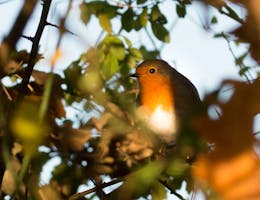
Robin
Possibly the most easily identifiable garden bird – they have a bright red breast, white belly and a brown back. Robin’s are incredibly territorial - and a lovely year-round visitor to our gardens with their strong song.
Great tit and Blue tit and long-tailed tits.
Blue tits are easy to spot with a little blue cap and a yellow breast, the Great tit also has a yellow breast, but with a black and white head and a black line down the centre of its breast. The long-tailed tit is very characterful. They have fluffy grey/pink feathers, a round body and a long tail!
Bullfinch
We don't regularly see Bullfinches until the winter months, this is because our native bullfinches tend to spend most of the year hiding in woodland - with a plentiful supply of food - only venturing into our gardens for food when their own supplies diminish. During the winter months we also receive visiting bullfinches from the continent - which are bolder in size, colour, and behaviour than our native birds. Male Bullfinches have a 'black hood' over their heads, and vivid red-pink undersides, with the females having a slightly beige-grey underside.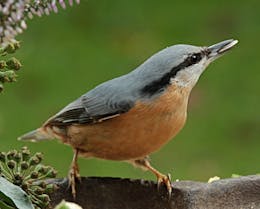
Nuthatch
The Nuthatch is a gorgeous blue-grey colour with a black stripe through its eye. It likes to hang around upside-down which makes it quite obvious not just from it's eye make-up but also due to it's behaviour!
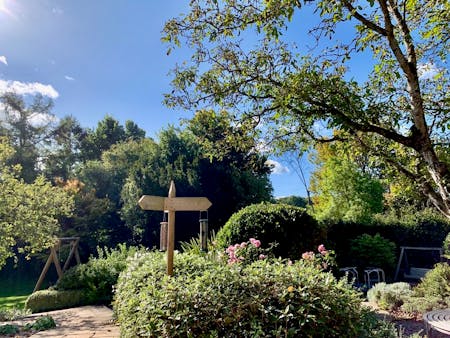
What to feed your birds?
Different bird need different foods – if you can supply more than one type of food then you are more likely to attract a wide range of bird species. Sunflower seeds, bird seed mixes, peanuts and fat balls will all be welcomed by different birds.
Ideally you should place your bird feeder in a sheltered location near to bushes or a hedge – the birds will be safer and able to use these as look-out points prior to feeding.
More information?
If you are bird watching at The Cottage Beyond we have plenty of books to aid you. Alternatively take a look at the RSPB bird identifier page or download a bird identification app to your phone - some of them - like Warblr - can identify birds using recordings of their song.

